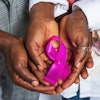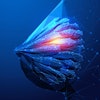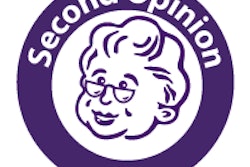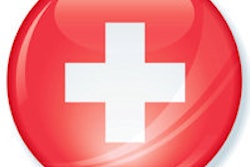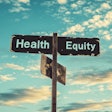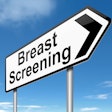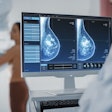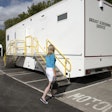Younger women with breast cancer who have not been regularly screened end up requiring more treatment -- chemotherapy, in particular -- than those who have been screened, according to research presented at the American Roentgen Ray Society (ARRS) annual meeting in San Diego.
Put another way, screening women ages 40 to 49 not only decreases the mortality rate, it makes them less likely to undergo chemotherapy -- allowing them to avoid its negative long-term effects, said researchers from University Hospitals/Case Western Reserve in Beachwood, OH.
Dr. Nelly Salem and colleagues found that younger women who were regularly screened were statistically less likely to be treated with chemotherapy than nonscreened patients. In addition, screening mammography helps identify a subset of patients at increased risk of breast cancer by diagnosing high-risk lesions; in fact, the majority of high-risk lesions identified in the study cohort were found in screened patients.
"We also aimed to evaluate all high-risk lesions diagnosed to determine if there were more identified in the screened versus the nonscreened population, as this would indicate differences in the opportunity for risk reduction with chemoprevention administration and supplemental screening," Salem's group wrote.
The researchers conducted a retrospective chart review of women ages 40 to 49 who underwent image-guided core breast biopsy between January 2008 and December 2011. They compared differences in the use of chemotherapy for treating breast cancer in women who underwent screening mammography to those diagnosed after diagnostic evaluation. For patients diagnosed with a high-risk lesion or breast cancer, Salem and colleagues recorded the reason for presentation, pathology, tumor size, stage, receptor characteristics, and treatment.
Of 230 primary breast cancers, 149 were in the screened group and 81 were in the nonscreened group. Nonscreened patients were more likely to undergo chemotherapy than screened patients. Of a total of 98 high-risk lesions identified, 81% were diagnosed in the screened population, according to the researchers.
